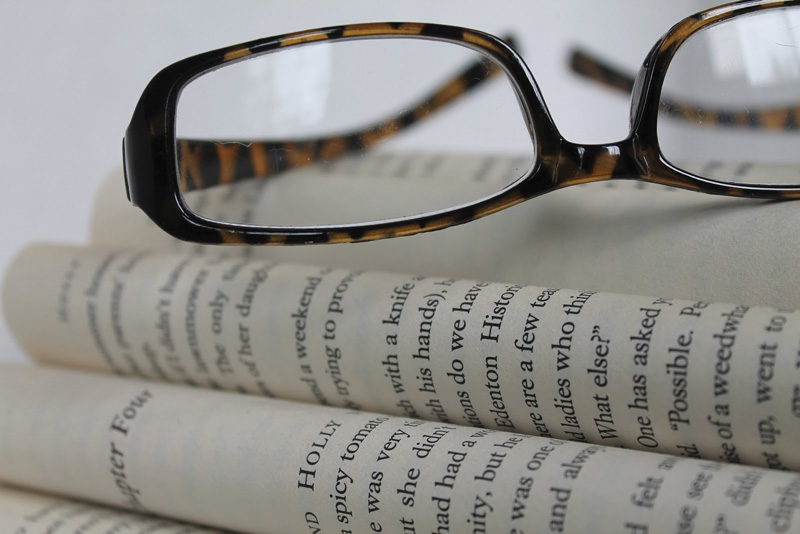People can replace their need to use reading glasses during the day by using a specific type of overnight contact lens, a new study reveals.
As part of the University of NSW (UNSW) study, 16 people suffering from a loss of near vision wore hyperopic orthokeratology (OK) lenses overnight, a special type of rigid contact lens designed to reshape the cornea.
Professor Helen Swarbrick, from the School of Optometry and Vision Science at UNSW, said: “Our study shows that hyperopic orthokeratology lenses can
correct presbyopia.”
Presbyopia, more commonly known as farsightedness, commonly occurs in middle and old age. It is caused by a loss of elasticity in the lens of the eye, which makes simple close up tasks like reading difficult.
After wearing the overnight OK lenses, each patient in the study reported improved close up vision. “The improvement was apparent on the first day after overnight wear, and increased during the treatment week,” said Professor Swarbrick.
Professor Swarbrick said that it is important to remember the lenses do not cure long-term vision problems and the effects are fully reversible.
“Essentially it’s the same effect as wearing contact lenses or spectacles for near reading. Once you take the device off the problem still exists.”
“The lenses are an alternative so that people do not need to wear anything during the day.”
The study targeted middle-aged people, however Professor Swarbrick said there are no reasons older people can’t wear them as long as they have healthy corneas.
“The main decider is that the eyes are healthy enough to tolerate the lens wear.” This means people with front surface corneal diseases or who suffer with a lot of astigmatism cannot benefit from the lenses.
Although it is not widely practised, using OK lenses to restore vision is not a completely new technique. Professor Swarbrick said: “There are certainly optometrists out there who have already been using this approach, we just did the science to prove that it really is effective.”
Dr Gavin Boneham, the president of the Orthokeratology Society of Oceania, offers OK lenses as an alternative to glasses in his practice in Sydney’s CBD. Dr Boneham said they are an option for people suffering from a loss of near vision that have never worn glasses, and want to continue as they did before.
Although the price varies from practice to practice, he said it costs on average $1,700 for the lenses and the first year of treatment.
As for the risks of wearing overnight lenses, Dr Boneham said: “Like wearing any contact lenses there’s an increased risk of eye infection.”
While the number of optometrists who prescribe the lenses has grown in recent years it still remains relatively low. “We have 200 out of 3000 who are qualified to do this,” said Dr Boneham. He accredits the low numbers to time, money and the “steep learning curve” within orthokeratology.
However he is hopeful that the amount of people using OK lenses will increase. “It’s a very exciting thing to be involved in and the practitioners really do have a passion for it.”












